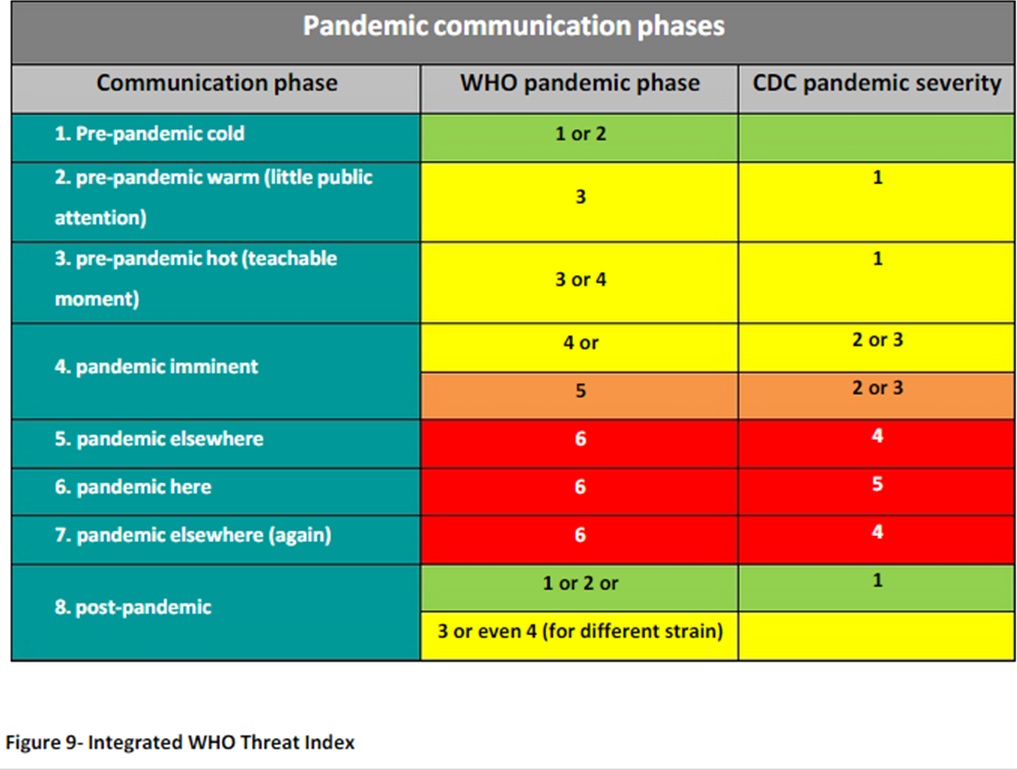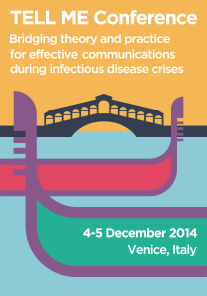D3.5 - Guidance for Using WHO Threat Index
Read the document online:
D3.5 uidance for Using WHO Threat Index
Based on lessons learned from H1N1 2009 pandemic, we present here three alternative risk communication scales; WHO revised pandemic phases (2013), CDC Pandemic Severity Index (2007), and Sandman’s risk Scale (2007).
The potential of each scale to construct effective channel with different stakeholders is discussed; from the level of the Member State to the level of the individual. Most importantly, we stressed the complementary nature of these scales.
Interestingly, though each presented threat index aims is comprehensive, considering the practical tools they offer, their alert phases are very much oriented to different aspects. Namely, the WHO’s risk assessment of influenza virus with pandemic potential are directed to updates based on the geographical spread of the threat, CDC pandemic index is severity based and its updates are directed to specific measures individuals and community should undertake to minimize their risk, and Sandman’s communicational phases emphasize mass communicational as an educating tool in times of crisis. Subsequently, these three phase systems do not overlap but rather complement each other.
In summary, we recommend to connect the three scales to a united integrative pandemic communication phase's threat index. The integrated threat index phases will be designed to consider geographical threat, severity and public risk perception. This comprehensive index might be the solution for the shortcomings of the current WHO threat index, that does not defects its many advantages. It offers the most practical tools for outbreak communication with different stakeholders, and it takes into consideration international, national and local risk assessments.



